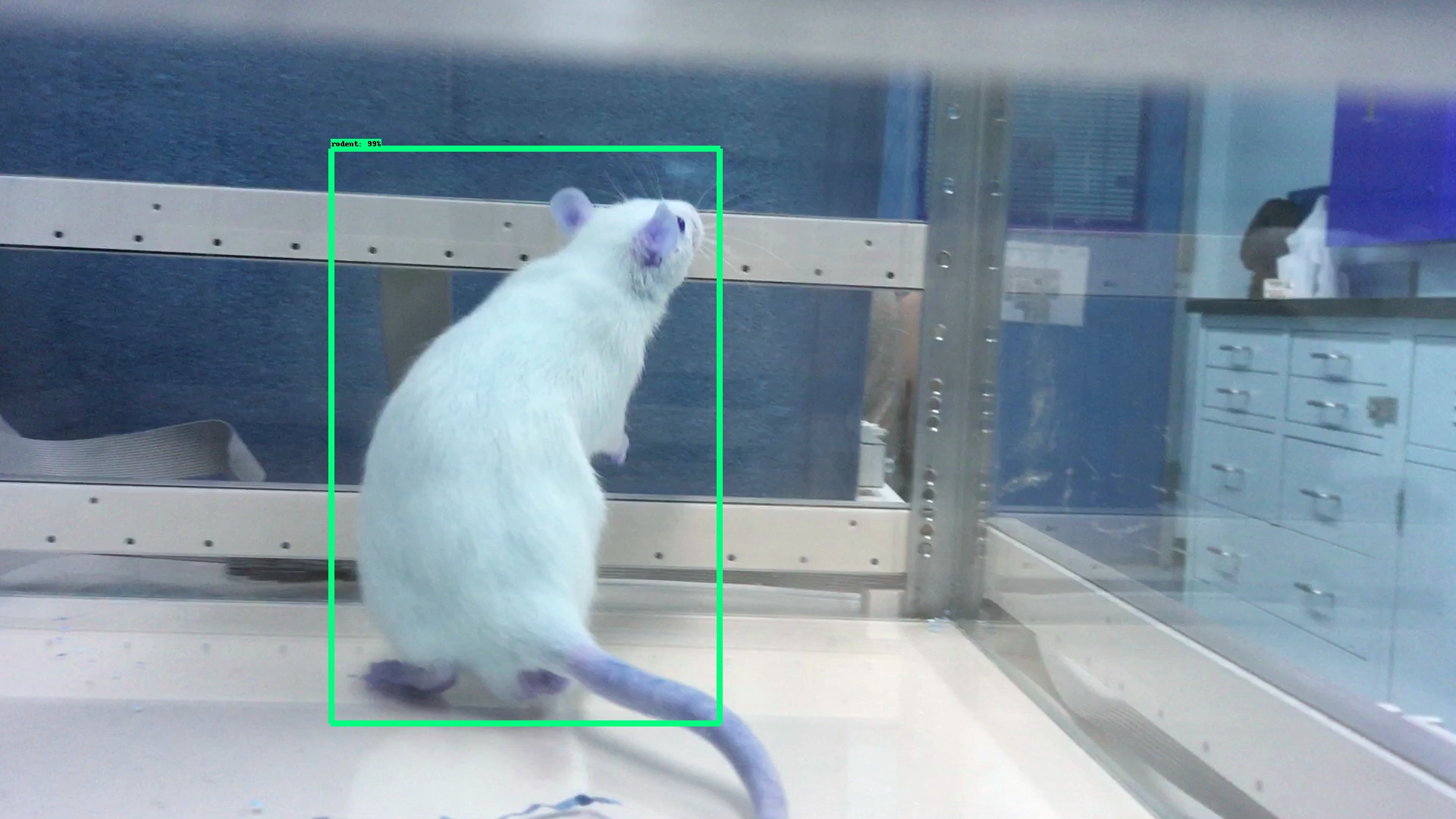This is my first blog about how to use AI in the experimental researches. My research background is pain. Almost every body has pain experience. The pain we have can eithor an induced pain or a spontaneous pain. Induced pain refers to tissue sensitization, which means if we stimulate the sensitized tissue by just gently touching or warm temperature water, we still feel painful. Spontaneous pain refers to the spontaneous production of pain without any stimulation. By the way, this two kinds of pain are not sharing the same mechanism. There is a lot of method to evaluate induced pain based on where the tissue is. For example, von-fray is a commonly used method to identify the threshold to induce a pain by giving a series of mechanical stimuli. The decreased threshold indicates the appearance of the pain. The way to evaluate spontaneous pain is relatively tricky. Scientists have devised different methods to quantify, such as the open field, in which the painful animal shows less exploring behavior. Another method is to count the number and duration of pain relief behaviors, such as grooming and scratching. However, this method requires the researcher has a deep understanding of the animal’s behavioral pattern. And of course, it is a boring task. Fortunately, The AI has greatly improved the efficiency of such experiments. Now we can record the behavior of animals for a long time, and then let AI count the time and frequency of different behaviors.
I will use several blogs to explain my way to use AI to help me count a pain model, and in this blog. Let’s talk about the first step: detect the animal.

To classify animal’s pose, It’s better to crop the animal out first. So my first step is to train a rodent detect model. I collected around 500 pictures from the internet and experimental videos. The experimental pictures include different animal species and different scenes. If you want to train your own models with these pictures, please contact me. I used faster rcnn inception v2 model which gave me a pretty good result after 5000 steps. You may download the model to test your own images. The entire training uses google’s tensorflow object detect api. They have very good tutorials in github.

